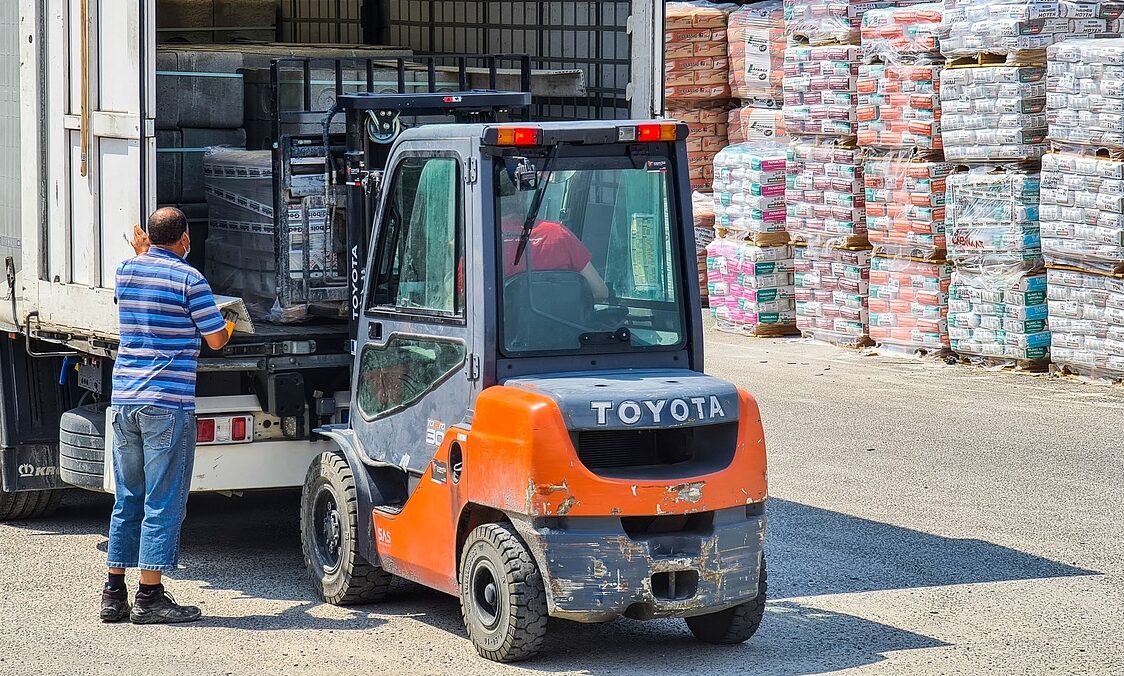
Maintenance Practices to Reduce Fuel Costs: Optimize Existing Fleet Efficiency
08 February 2024
Read time: 4 min
How to Reduce Rising Fuel Costs
In the world of fleet management, fuel costs can significantly affect a company’s bottom line. While it’s not possible to completely eliminate fuel expenses, there are effective maintenance practices that can be implemented to reduce costs without the need to invest in new vehicles. By focusing on these practices, fleet managers can optimize their fleet’s fuel efficiency and ensure smoother operations while keeping expenses in check.
One key area of focus is vehicle maintenance, as it plays a crucial role in ensuring vehicles remain in top working order. Regular vehicle maintenance helps identify and address any operational issues early on, which can lead to improved fuel efficiency and substantial savings. Additionally, fleet rightsizing is an approach that evaluates each vehicle’s business case to determine potential reductions in fuel and maintenance costs without compromising fleet activities.
Another important aspect to consider is driver behavior, as this can significantly impact fuel consumption. By training drivers to adopt efficient driving habits and monitoring their performance, it’s possible to optimize fuel usage across the entire fleet. Implementing route optimization strategies and fuel management systems can further enhance fuel efficiency, directly addressing the topic of reducing fuel costs without purchasing new fleet vehicles.
Regular Vehicle Maintenance
Maintaining your fleet vehicles regularly not only extends their lifespan but also helps reduce fuel costs. In this section, we will discuss various maintenance practices that can be adopted without having to purchase new vehicles.
Engine Tuning
A well-tuned engine operates at peak efficiency, which in turn improves fuel economy. Regular engine tune-ups help to reduce fuel consumption by ensuring that all components are functioning optimally. This may include spark plug replacement, fuel injector cleaning, and checking for any leaks or damage in the exhaust system.
Tire Pressure Monitoring
Proper tire inflation is essential for both safety and fuel efficiency. Every decrease in pressure by 1 pound per square inch for four tires can decrease fuel economy by 0.2%. Make sure to regularly check tire pressure and maintain it according to the manufacturer’s recommendations. Sometimes this issue can be related to wheel misalignment, leading to poor tire pressure, causing drag and higher fuel consumption. A tire pressure monitoring system can be installed in your fleet vehicles to ensure accurate pressure readings.
Oil Changes
Using the manufacturer’s recommended grade of motor oil is crucial for engine performance and fuel economy. Improving fuel economy by up to 2% can be achieved when using the right grade of motor oil. Regular oil changes will also help to keep the engine clean and reduce friction, further extending the vehicle’s lifespan and saving on fuel costs.
Air Filter Replacement
A dirty air filter can restrict airflow into the engine, resulting in decreased performance and poor fuel economy. When the engine is not receiving enough air, it can potentially trigger an engine derate, rendering the vehicle inoperable. Replacing clogged air filters allows the engine to breathe more freely, improving its efficiency. Fleet managers should develop a comprehensive maintenance plan for each vehicle that includes air filter replacement at regular intervals, based on the vehicle’s age, mileage, and usage.
By incorporating these regular maintenance practices into your fleet management strategy, you can optimize the performance of your existing vehicles and save on fuel costs without needing to invest in new vehicles.
Vehicle Load Optimization
Reducing the weight of your fleet vehicles can have a significant impact on fuel consumption. Vehicle load optimization is the process of identifying and removing unnecessary weight from the vehicle to ensure it operates at peak efficiency.
There are several strategies that fleet managers can implement for vehicle load optimization:
- Eliminate unnecessary items: Regularly assess each vehicle and remove any tools, materials, or equipment that are not required for the job. Lighten up the load to make the vehicle more fuel-efficient.
- Organize the cargo area: A well-organized cargo area not only makes it easier for drivers to find and access their tools, but it may also help redistribute the weight of the vehicle for increased fuel efficiency. FEMP Best Practices suggest using proper cargo loading techniques to avoid overloading and evenly distribute the cargo.
- Use lightweight materials: Whenever possible, opt for lighter-weight materials in vehicle components. For example, using lightweight aluminum instead of heavy steel in the cargo area can help reduce weight. Connected Fleet recommends prioritizing vehicle maintenance to address weight-related issues such as tire pressure or suspension.
Moreover, fleet managers can implement the following practices to maintain the achieved load optimization:
- Train drivers to be mindful of the weight they carry and encourage them to adopt load management practices.
- Schedule regular vehicle inspections to ensure excess weight is not being added to the vehicles over time.
- Consider implementing telematics systems to monitor vehicle weight in real-time and assist in making more informed decisions about load distribution.
By applying these vehicle load optimization techniques, fleet managers can significantly reduce fuel consumption, leading to cost savings and a reduced environmental impact.
Unlock Fuel Cost Efficiency with Pitstop
Staying on top of maintenance isn’t just about pinching pennies—it’s about driving real change in how we operate. It’s about seeing maintenance as our secret weapon for progress, not just a stagnant routine task. And with Pitstop in our corner, we’re not just fixing engines—we’re forging a path to a better, greener fleet future. So, let’s keep rolling forward, one maintenance check at a time, knowing that every turn of the wrench is a step toward a brighter, more efficient fleet. To learn more, schedule a conversation with one of our fleet experts here.

